Audrey and I repair and restore a lot of boats, both wood and fiberglass, and in 2016 we restored an 1880s Mississippi River rowboat. The old boat was made of cypress and we needed a thickened adhesive/sealant product to bond on new pieces, fill some holes, and seal up areas where we had cleaned out rot. It had to be flexible to move with the wood’s movement through moisture changes, and it also had to have structural strength and to hold fastenings. It had to be easily faired, sanded, or shaped, and take to stains and oil-based or polyurethane paints. And just for grins, it needed to be rated for use below the waterline.
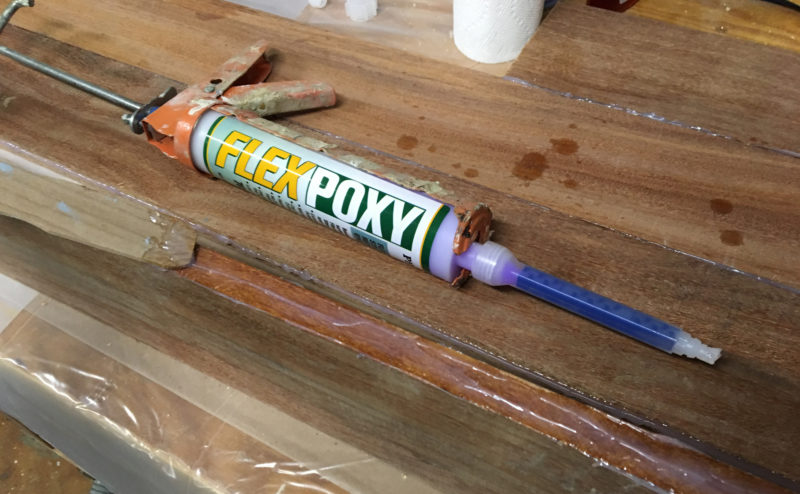 photographs by the author
photographs by the authorThe Flexpoxy cartridge fits a standard caulking gun and can be dispensed through a static mixer tip, emerging ready-to-use. The tip can’t sit idle for long: Mixed epoxy will begin to cure, becoming too thick to flow. At the end of the job, the tip has to be discarded and along with a bit of waste epoxy is lost with it.
With these requirements in mind we found our way to Flexpoxy, a thickened epoxy that comes in a 250mL, two-part cartridge that fits a standard caulk gun. Flexpoxy comes out clear on one side of the nozzle and a light purple color on the other, then turns a translucent white when it is thoroughly mixed. It is very convenient to have the cartridge dispense the proper amounts without having to measure the two components to get the right ratio. The resin and hardener can be dispensed through a static mixing tip and applied directly to the work surface, but what we like to do is dispense larger amounts onto a palette without the tip, stir it up, and apply it to large surfaces that needed to be bonded. To fill small checks in planks, we’ll trowel mixed Flexpoxy into a small syringe. Flexpoxy is highly viscous and doesn’t run, so there is no need to mix in fillers to keep it from sagging. We’ve used it without any additives for filets. The resin/hardener mix has a pot life of 20-25 minutes, sets in 3 hours, cures in 16 hours, and dries clear.
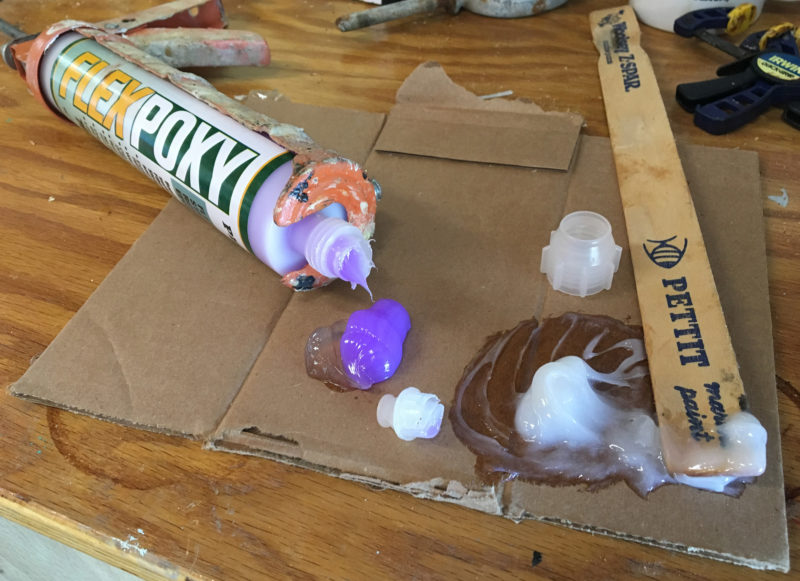
When mixing Flexpoxy by hand, the two components come out clear and purple. They turn white when properly mixed.
To use Flexpoxy, the wood’s moisture content needs to be under 18 percent, not a problem on a 130-year-old river boat. We used it to shape several small, worn-away areas. Its gap-filling quality was great for scarfs and dutchmen where the fits were less than perfect.
A small amount can be dispensed for each job and the caps can be replaced to save what remains in the tube for future projects. Wiping the nozzle clean before putting the cap on helps keep the two components from mixing and curing. Over the last two years we have not run across any dried-up tubes.
We have also used Flexpoxy on many fiberglass projects; it is great for small jobs. We have used it to wet out fiberglass cloth by forcing it into the weave; it works in a pinch, but is not ideal. One other drawback is that it will not take polyester gelcoat applied over it. Another good use is to make bushings for fastenings by drilling out an oversize hole, filling the hole with Flexpoxy, and then drilling a new hole for the screw. The Flexpoxy then works as a barrier to keep water from seeping in around fastenings and intruding into the wood or fiberglass.
We have used Flexpoxy on many different fiberglass and wood boats for two years, and it is an invaluable part of our restoration arsenal.![]()
Audrey and Kent Lewis live on Florida’s Emerald Coast and enjoy small-boat sailing, restoration, and boatbuilding when she’s not designing costumes or when he’s not flying. The 1880s Mississippi River Skiff they repaired is in the collection of the Beauvoir Museum in Biloxi, Mississippi. Their personal fleet includes several fiberglass Sunfish, a wooden Sailfish, wooden Sunfish, a Catfish catamaran, an O’Day Daysailer, a Drascombe Lugger, and a Drascombe Dabber. They have also rescued and fostered over 30 boats since 2011. Some people describe them as “boat-struck.” They document their boating pursuits in their blog.
Flexpoxy is manufactured by Pettit and available from a network of retailers. Prices for the 250mL cartridge vary from $25 to $35.
Is there a product that might be useful for boatbuilding, cruising or shore-side camping that you’d like us to review? Please email your suggestions.

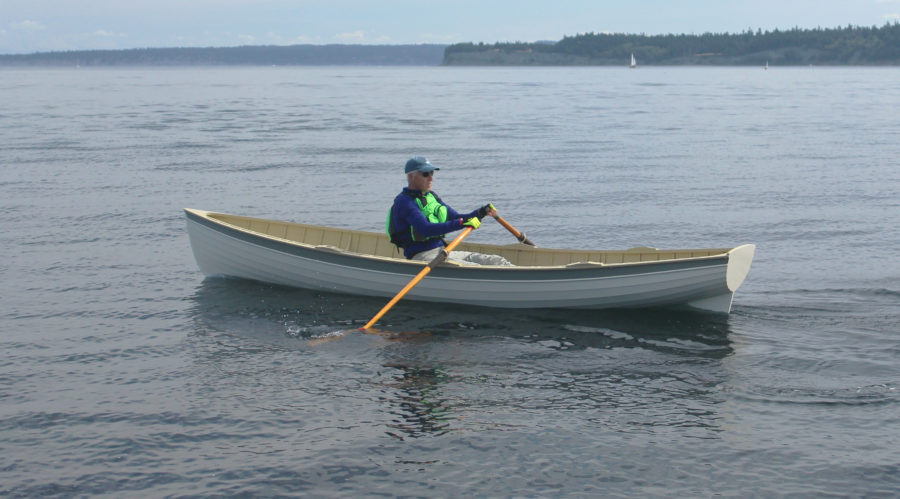
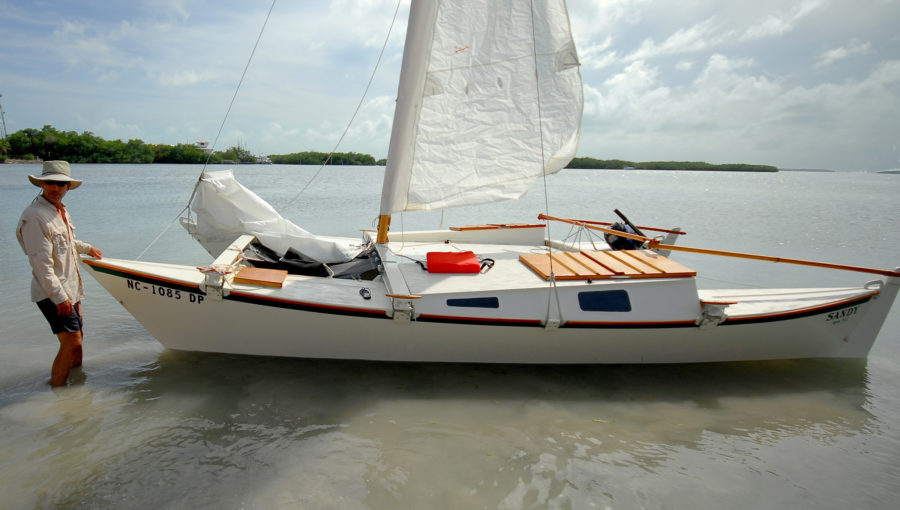
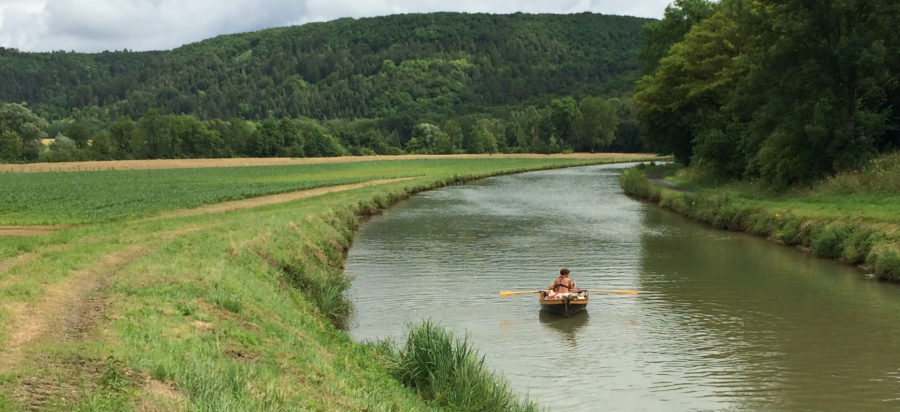
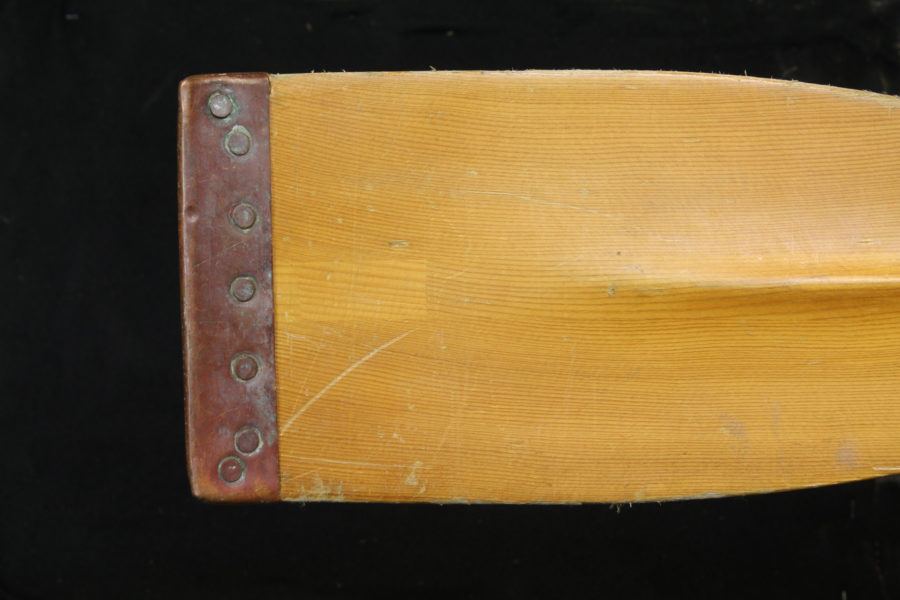
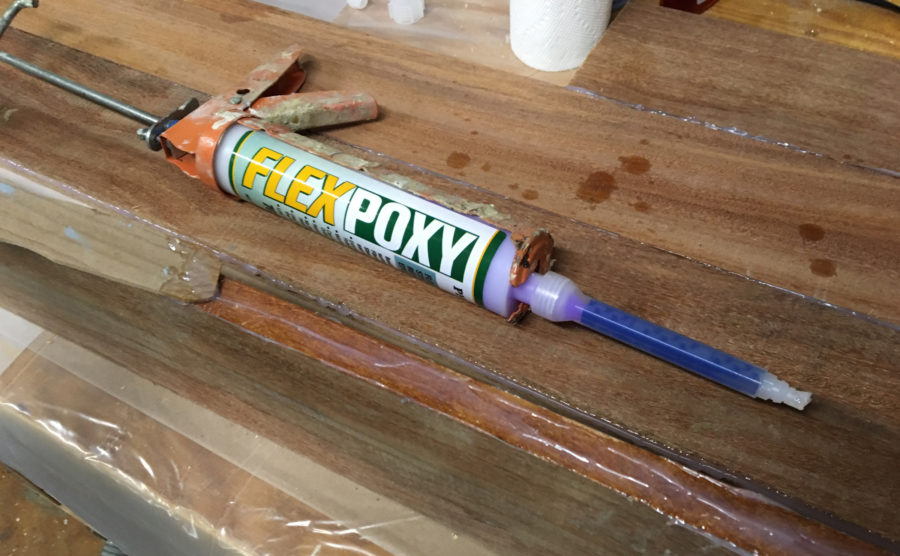
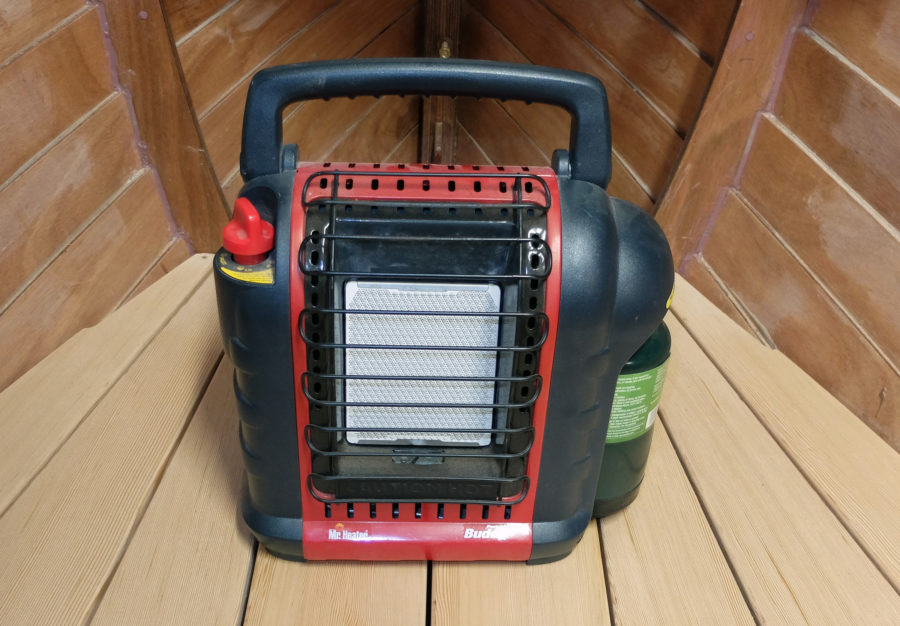
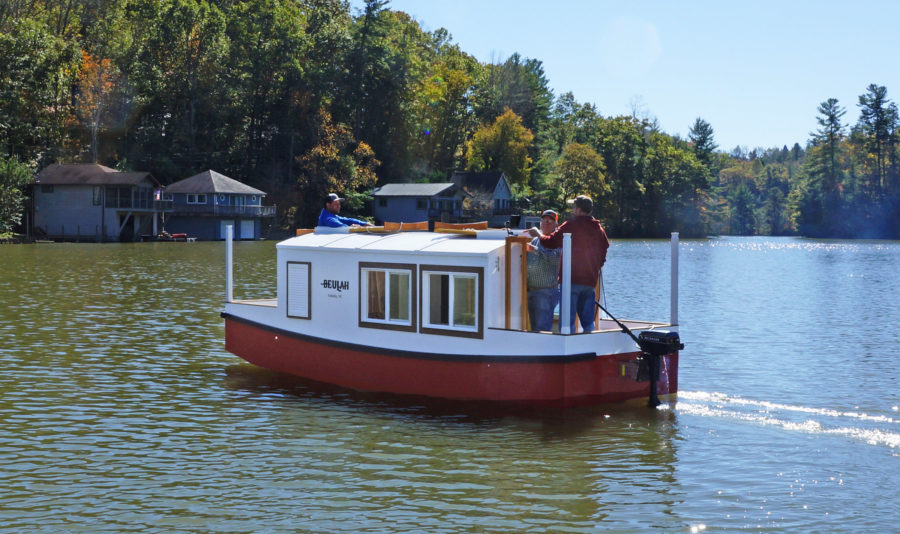
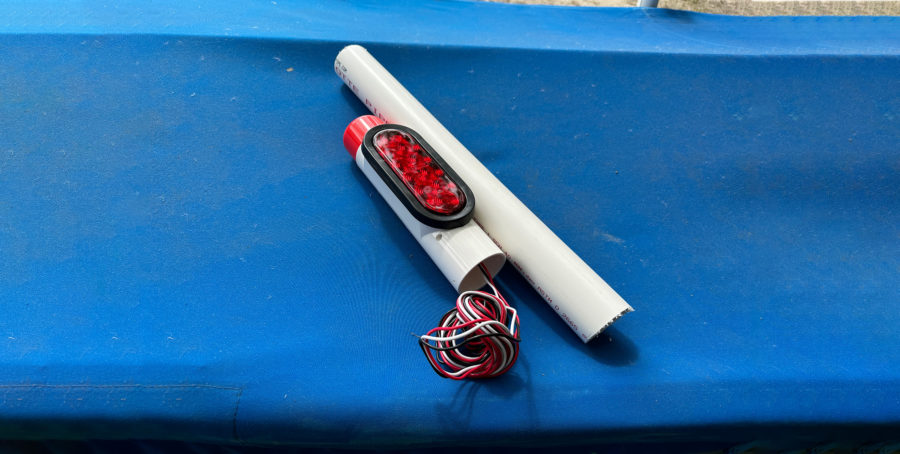

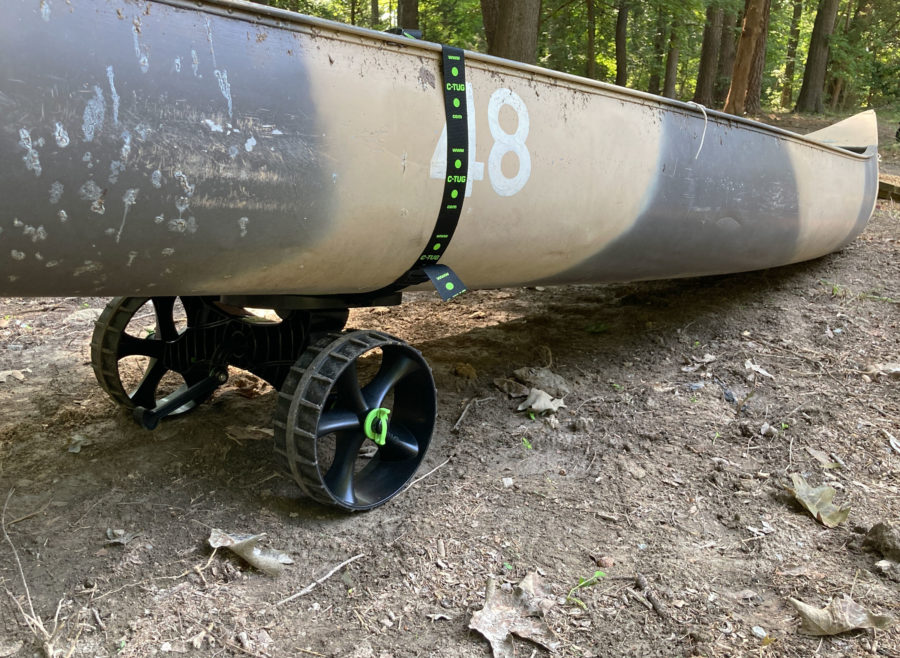
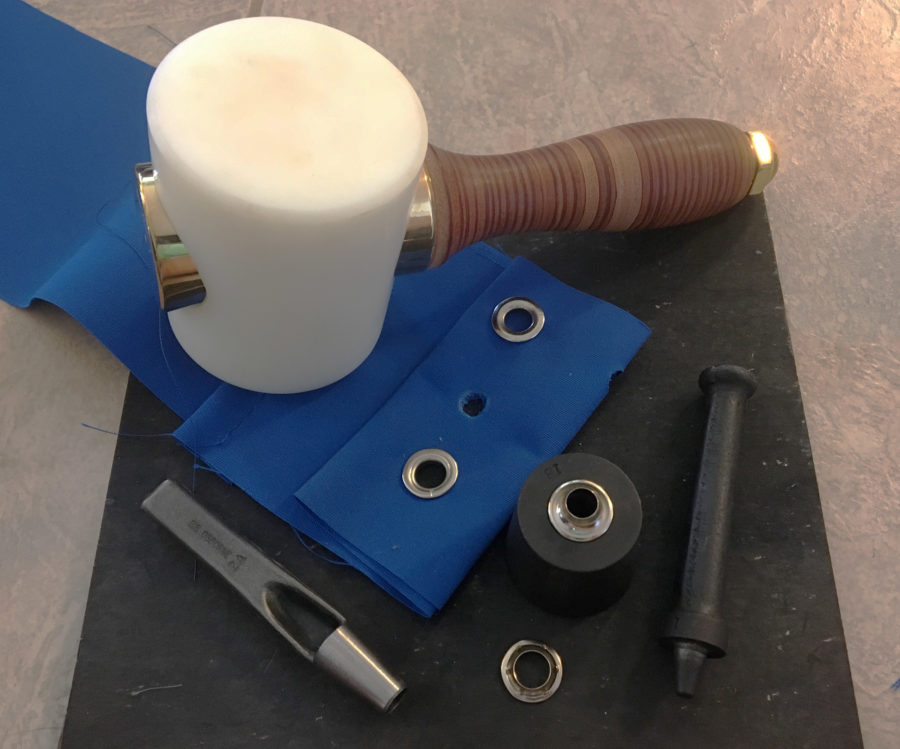
Join The Conversation
We welcome your comments about this article. If you’d like to include a photo or a video with your comment, please email the file or link.